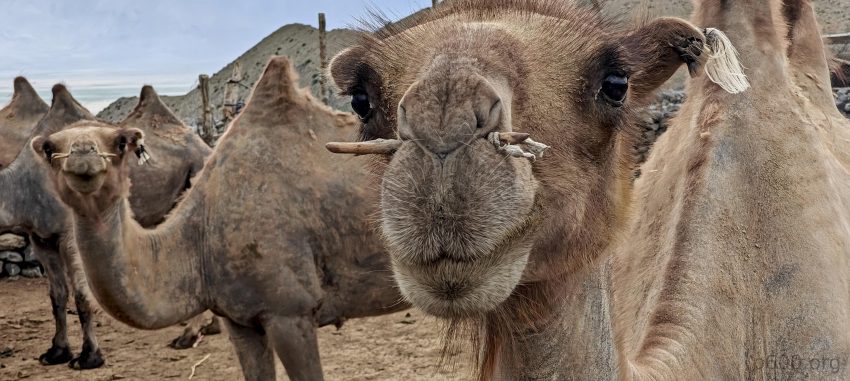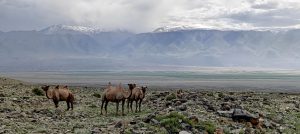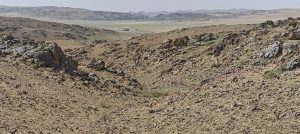Rob and I set off towards yet another mystery peak, armed with the summit’s coordinates but clueless about the base’s whereabouts. The maps hint at a bumpy twenty-kilometer detour off-road, the ease of which remains a coin toss.
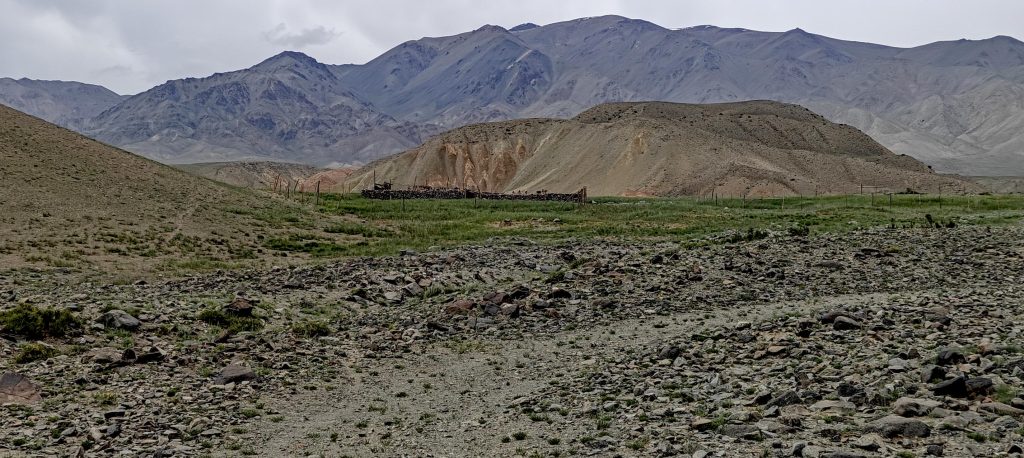
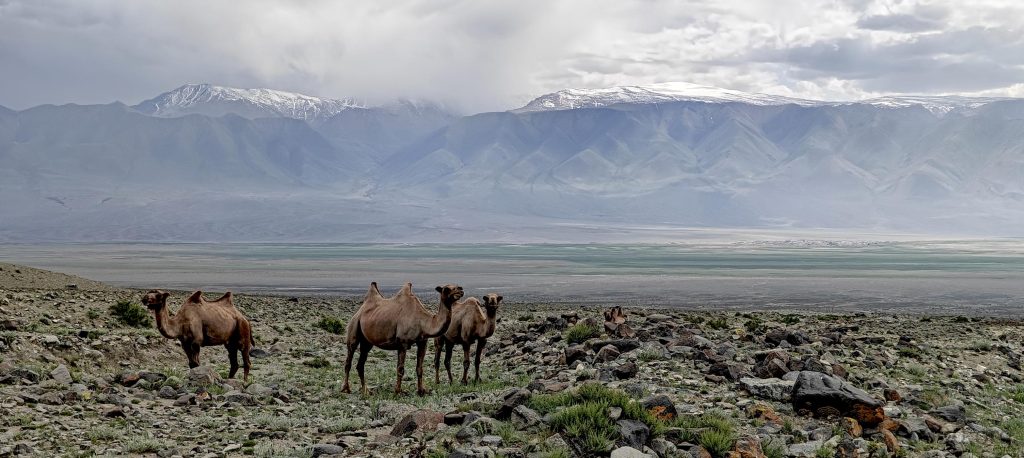
Slicing through the steppes, we aim straight for the base, but our initial pivot towards the ridge fizzles out, forcing a northwest detour in pursuit of elusive car tracks. These tracks vanish as quickly as they appear, sending us on a wild goose chase until a glimmer of hope leads us seven kilometers closer to our target via a path that could generously be described as “challenging.”
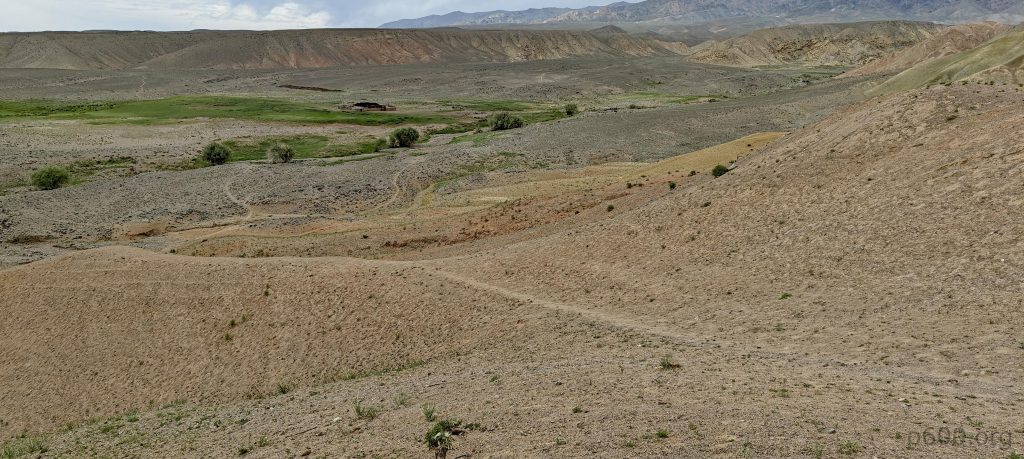
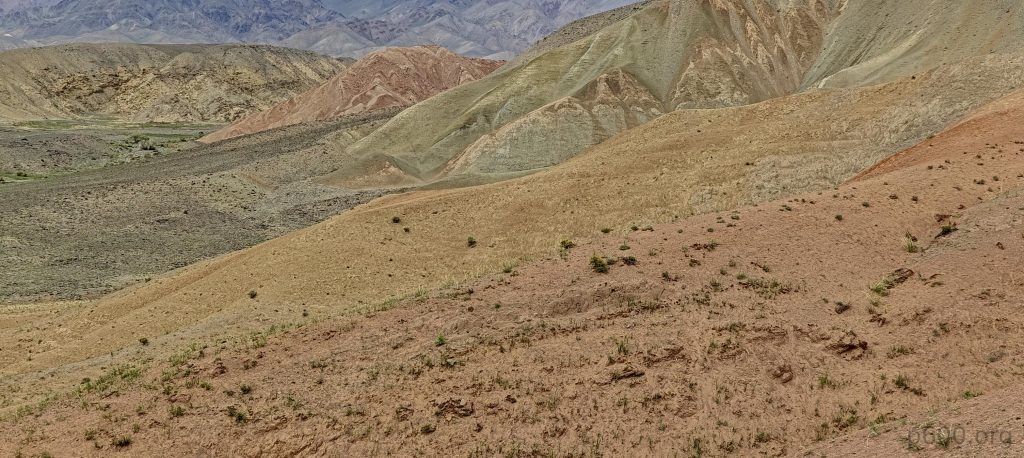
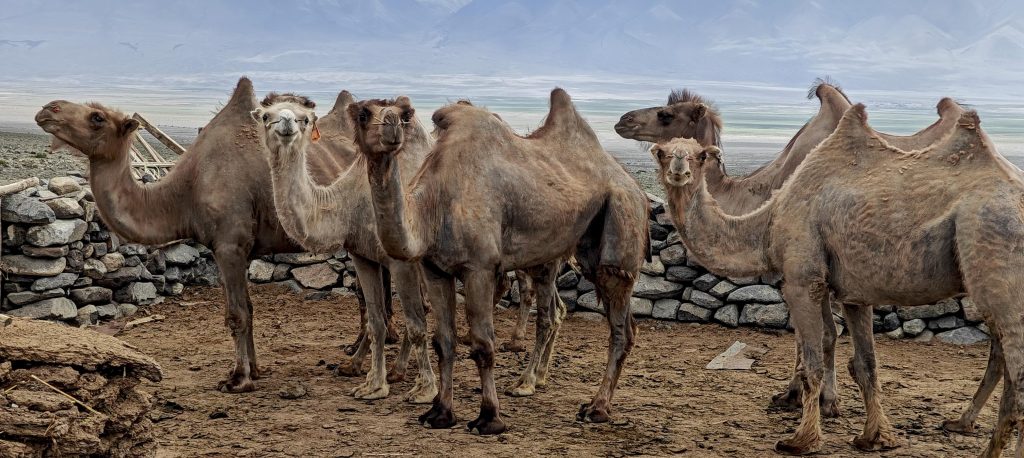
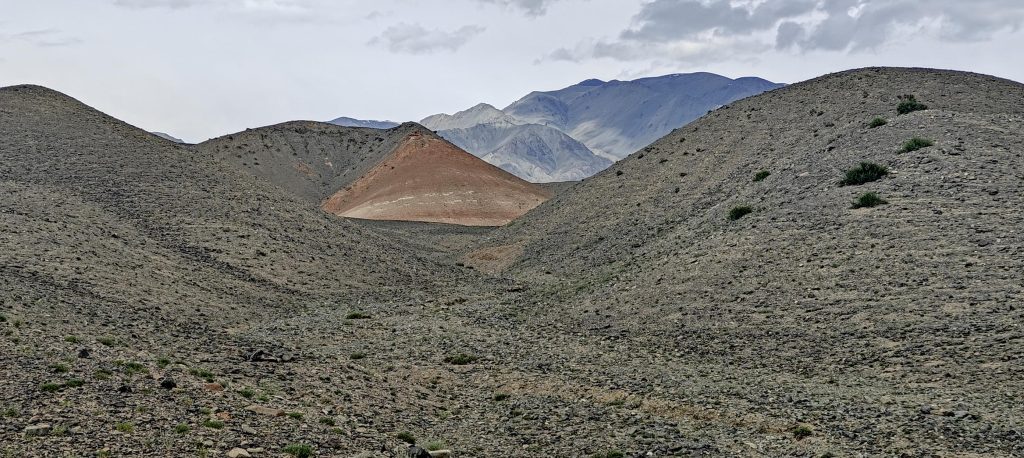
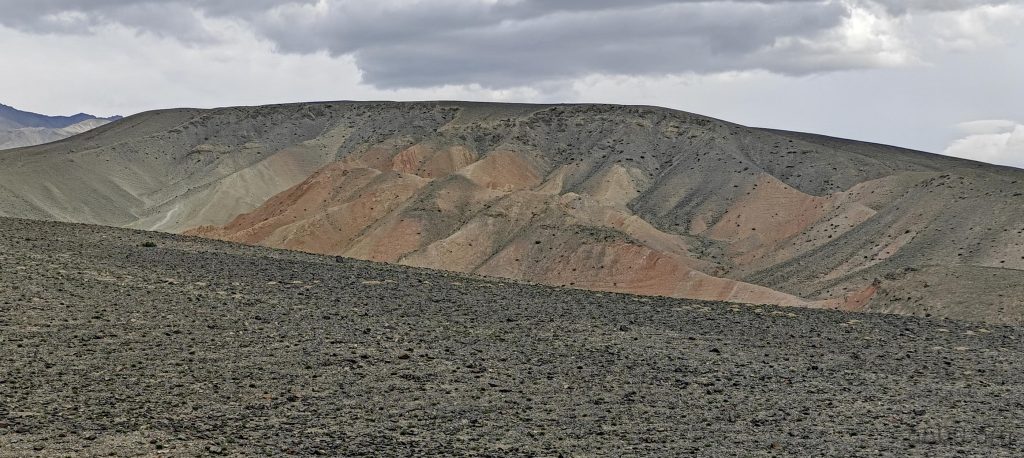
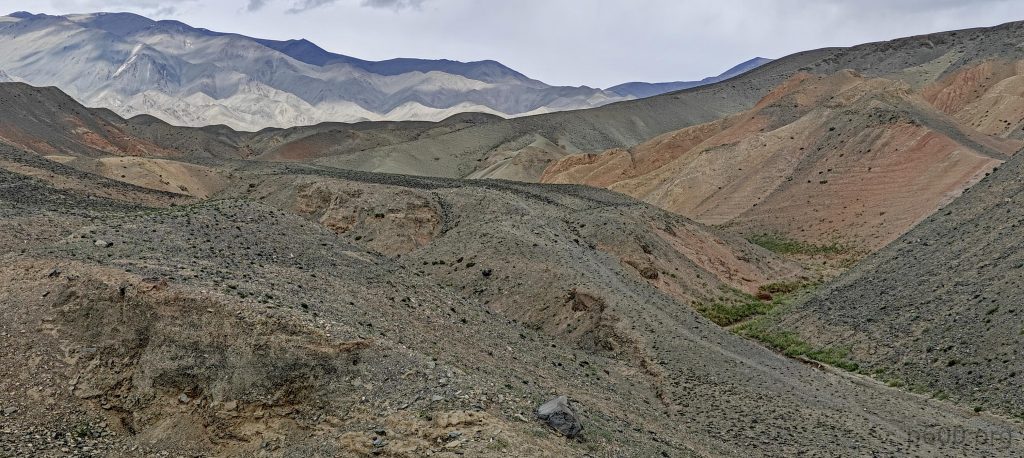
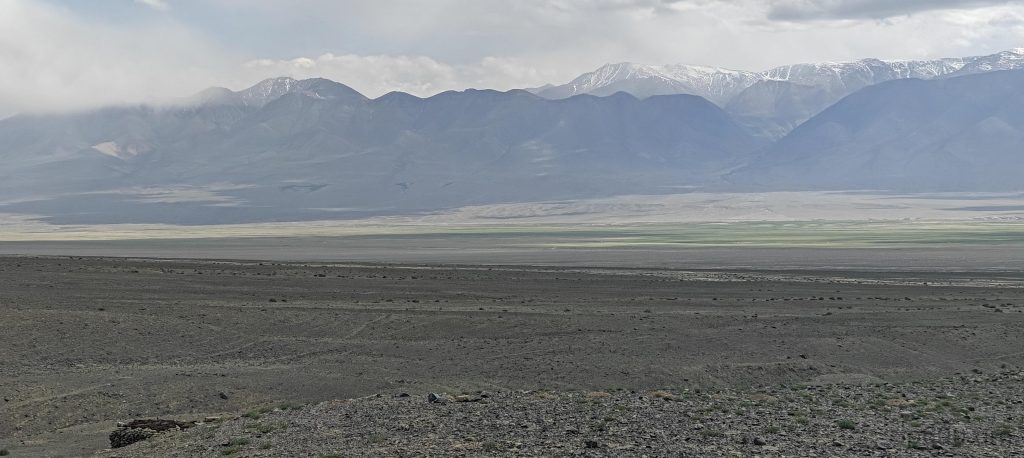
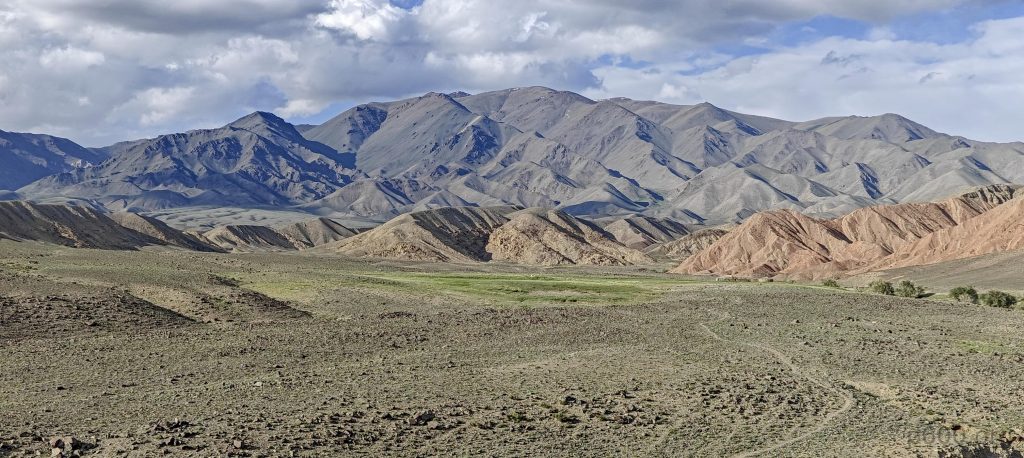
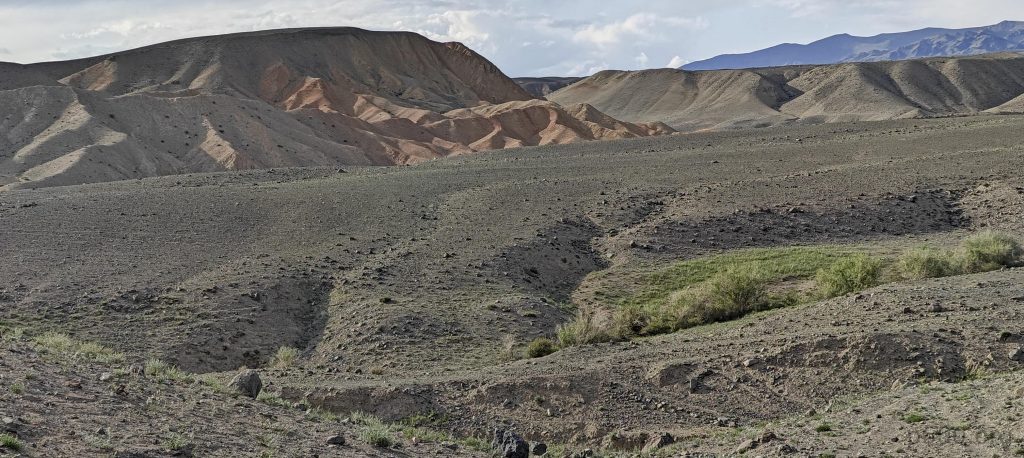
Arriving at a camel farm, it becomes blatantly obvious that these double-humped Bactrian camels won’t be guiding us up the mountain. After a bit of backtracking, we luck out with a spot of internet access. But then, as if on cue, the wind crashes our party, completely wrecking my tent and forcing me into a snug overnight stay in the car.
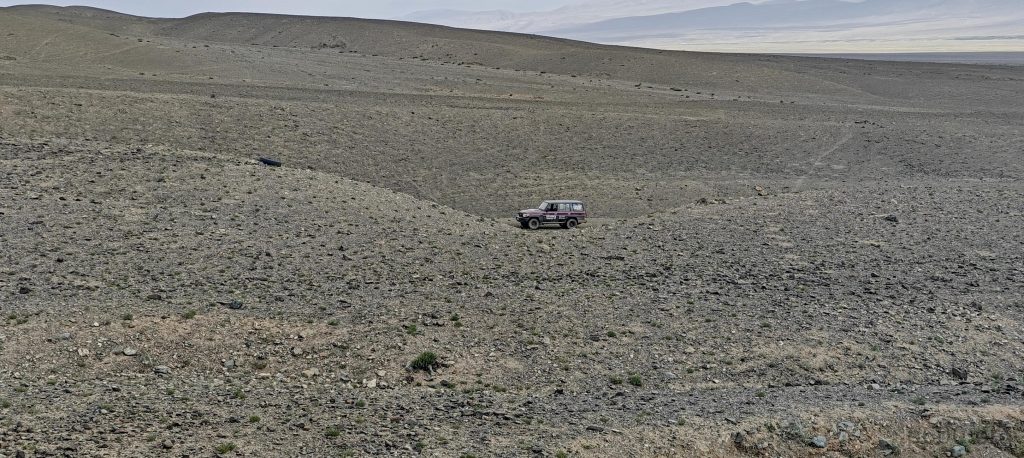
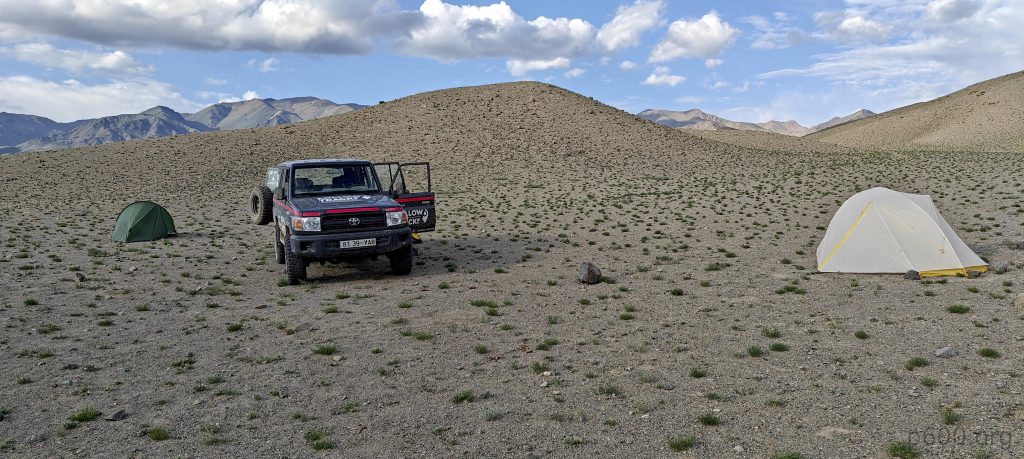
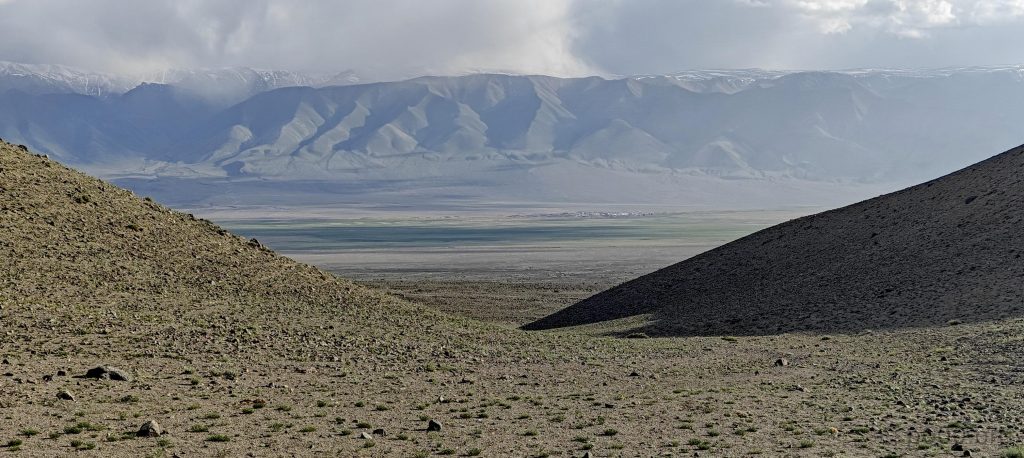
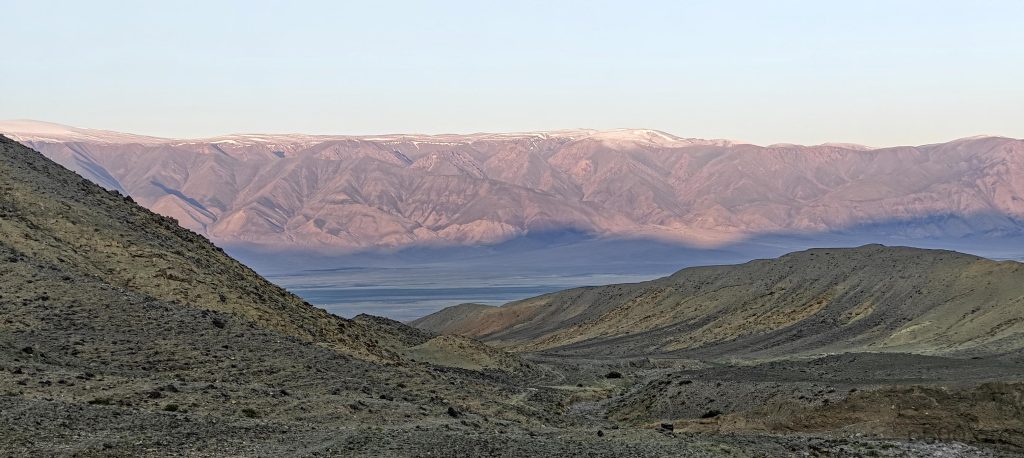
Post a speedy breakfast, Rob and I embark on our ascent, choosing the left-hand ridge. The start is idyllic, with grassy slopes and wild camels gracing us with their presence, debunking my flat-earth-camel theory. Soon, the terrain turns into a blockbuster set with giant boulders that seem to teeter just for the thrill. Despite the adrenaline, we press on.
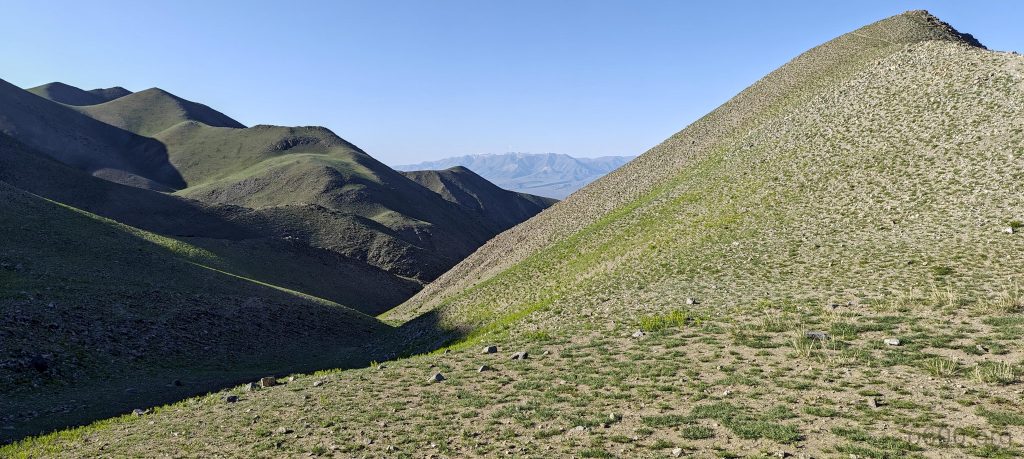
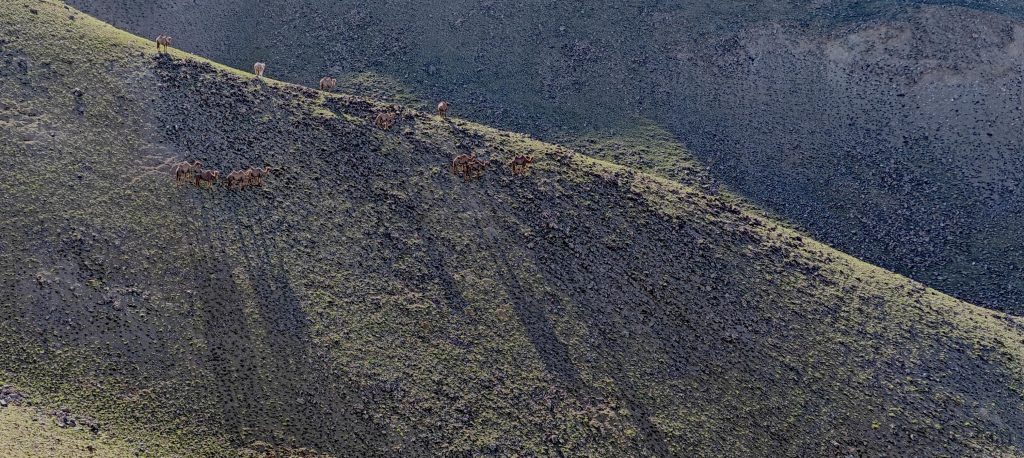
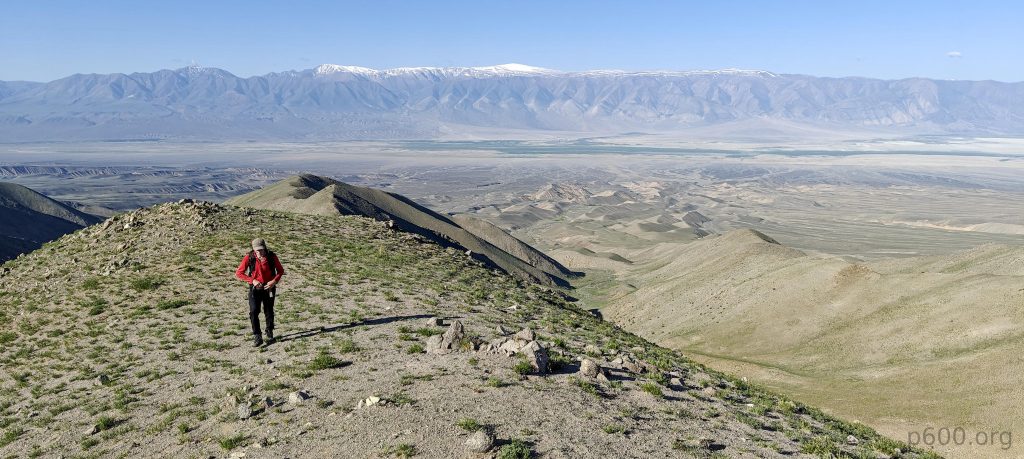
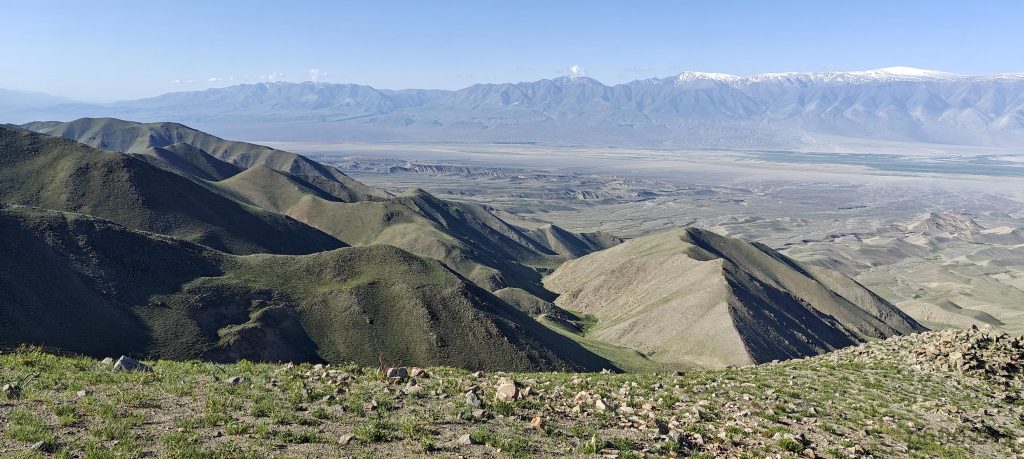
In a less dramatic moment, I encounter a meter-long snake that decides it wants nothing to do with us. Richard, IDs it as a Pit Viper—a charmingly venomous high-altitude resident. Spotting another, larger one on the descent, I conclude it’s not just rocks and breathtaking views up here.

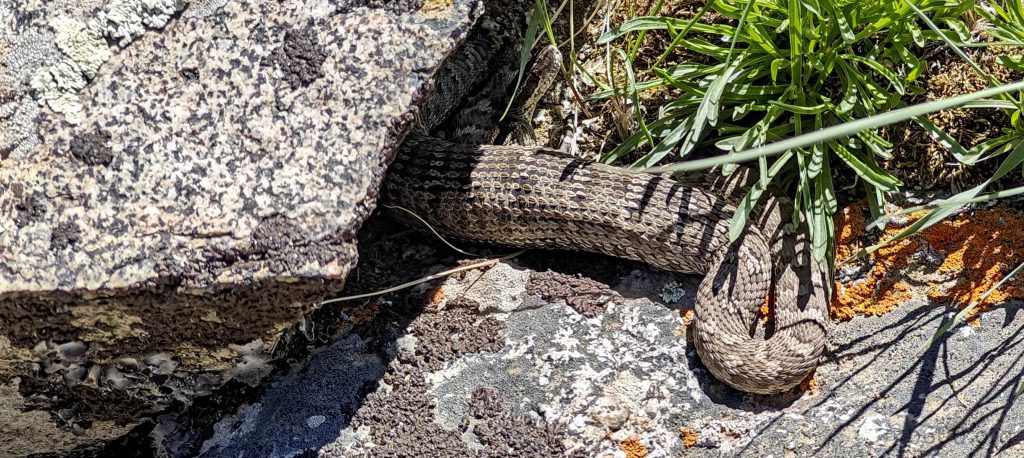
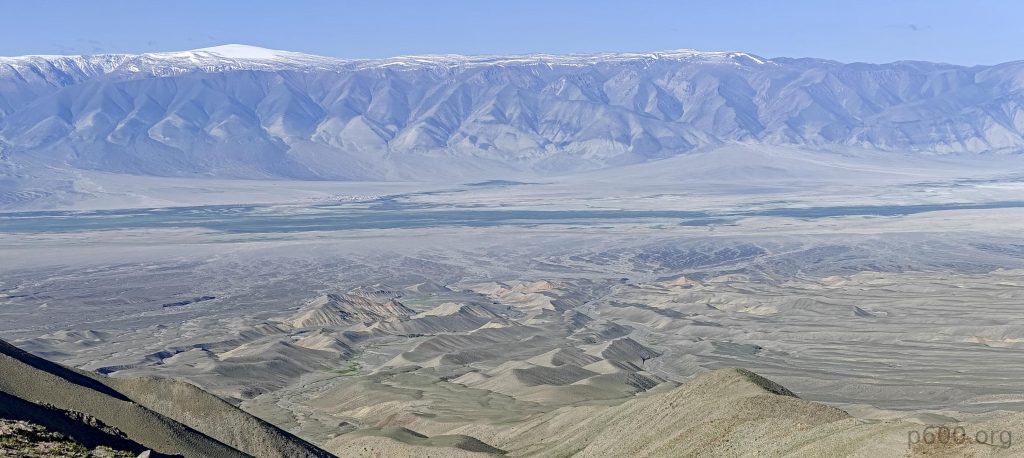
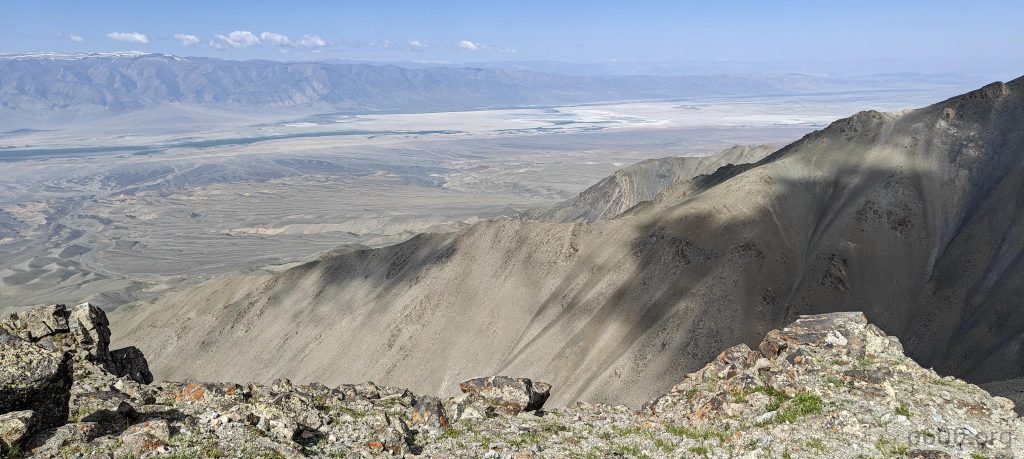
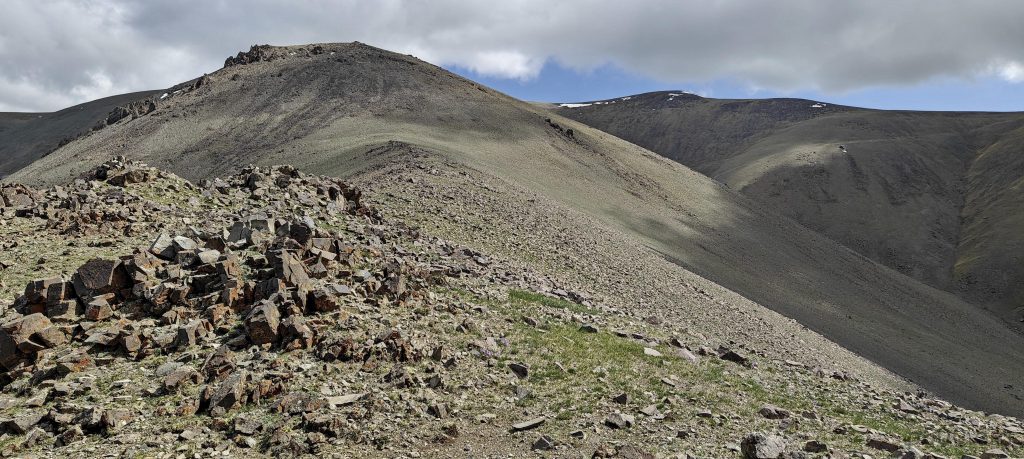
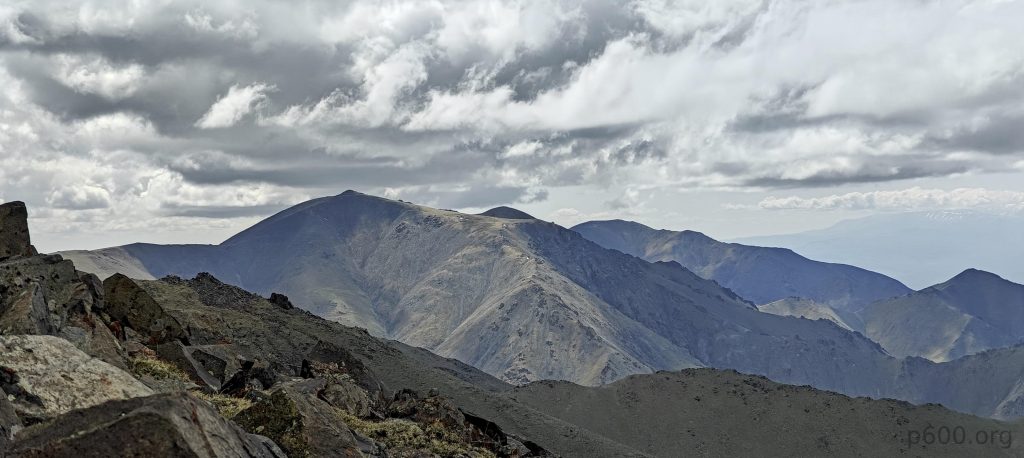
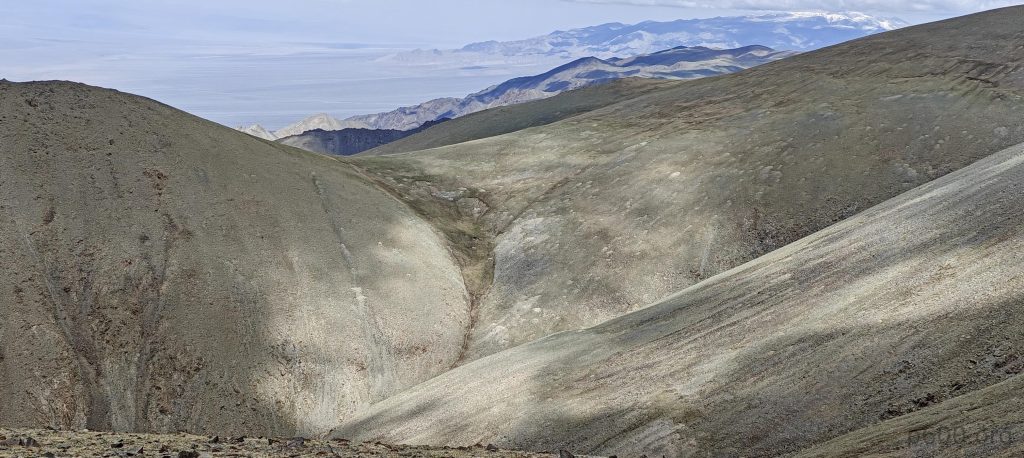
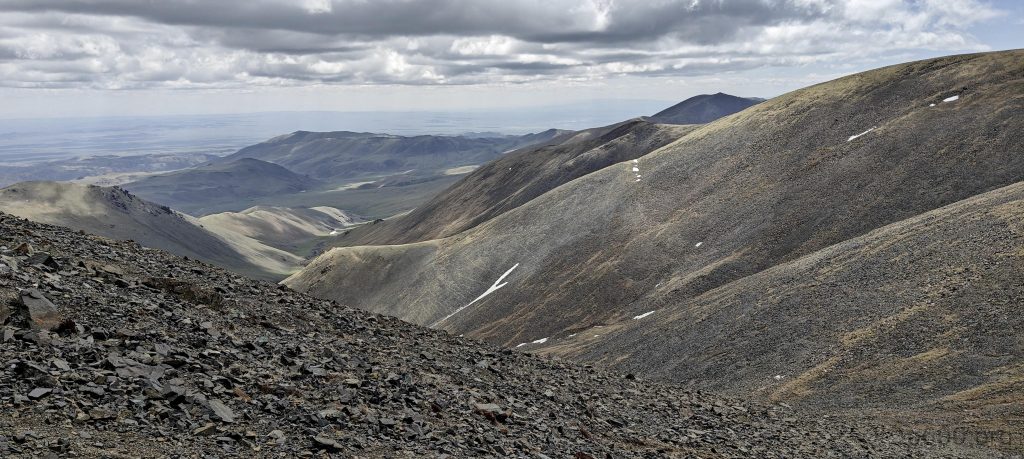
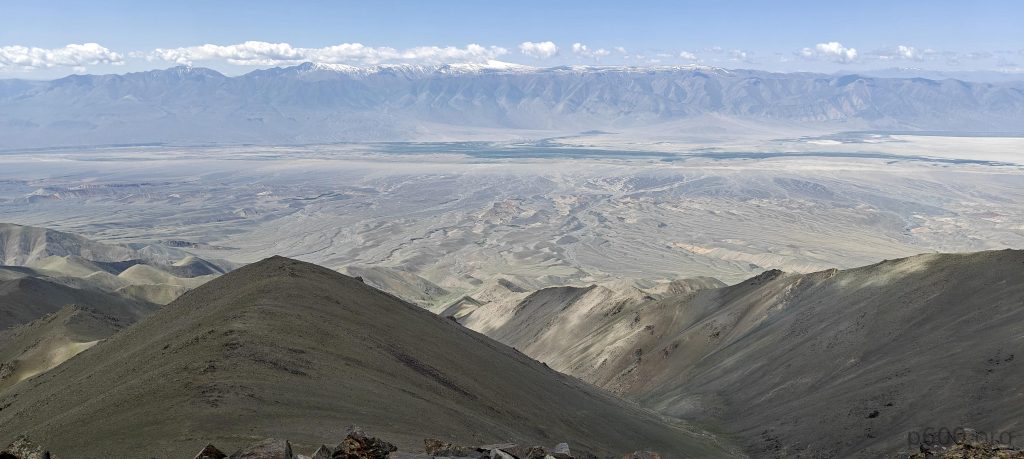
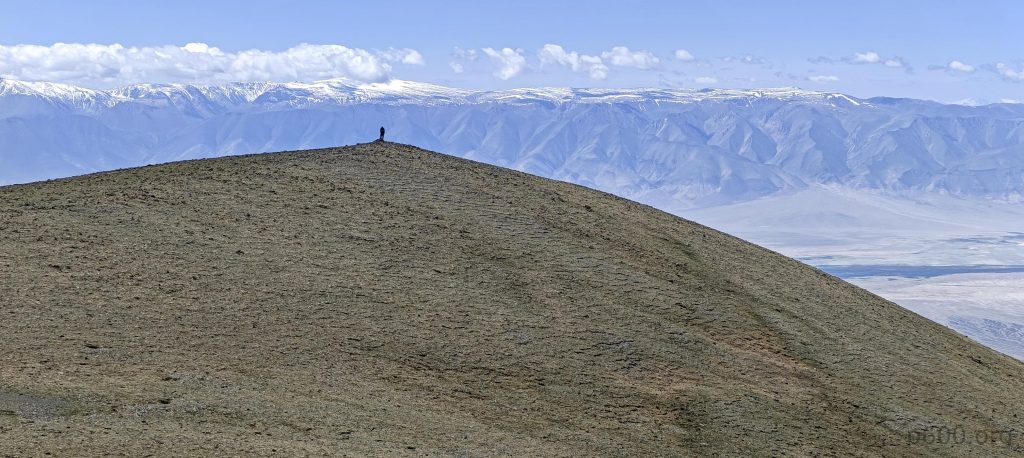
Speaking of views, they’re nothing short of spectacular. Baatar Khairkhan plays peek-a-boo in the distance, snow-capped and majestic, part of our grand plan. Dodging snow patches like pros, we power through to the summit. The climb, a solid seven-hour testament to our will, ends with us at the peak, basking in victory.
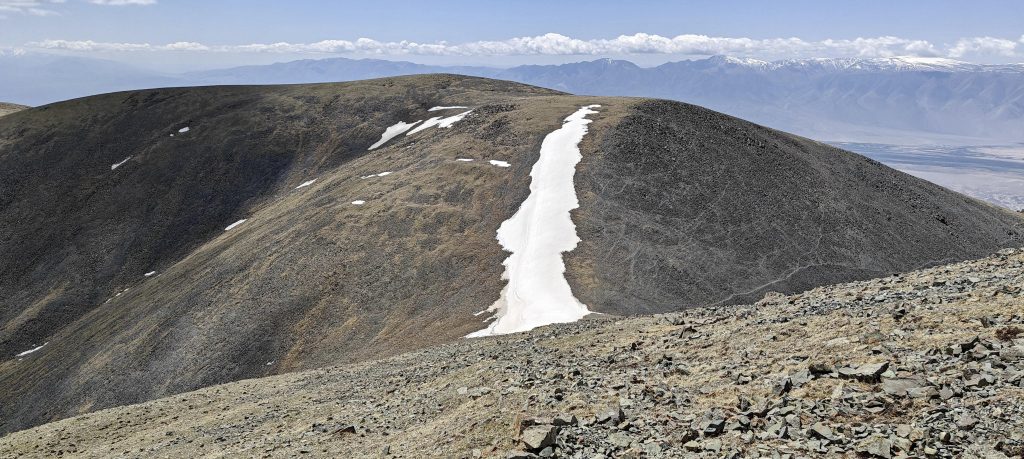

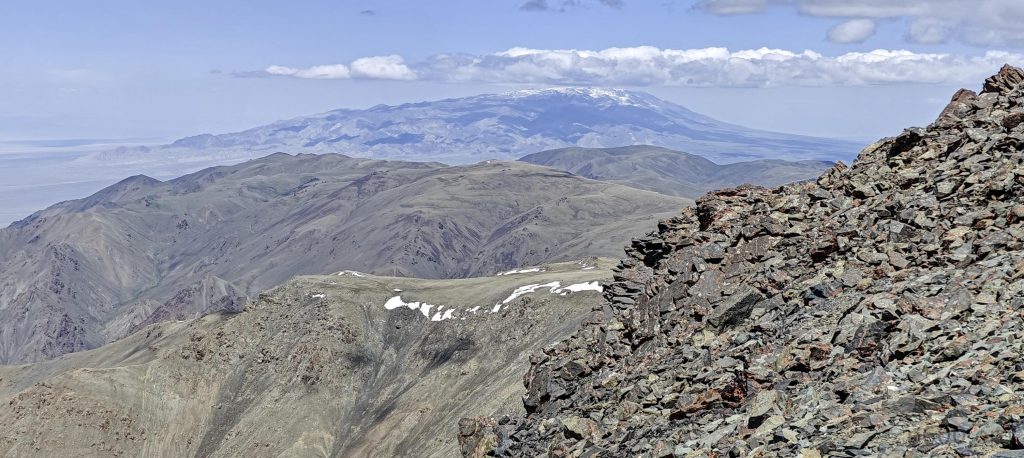

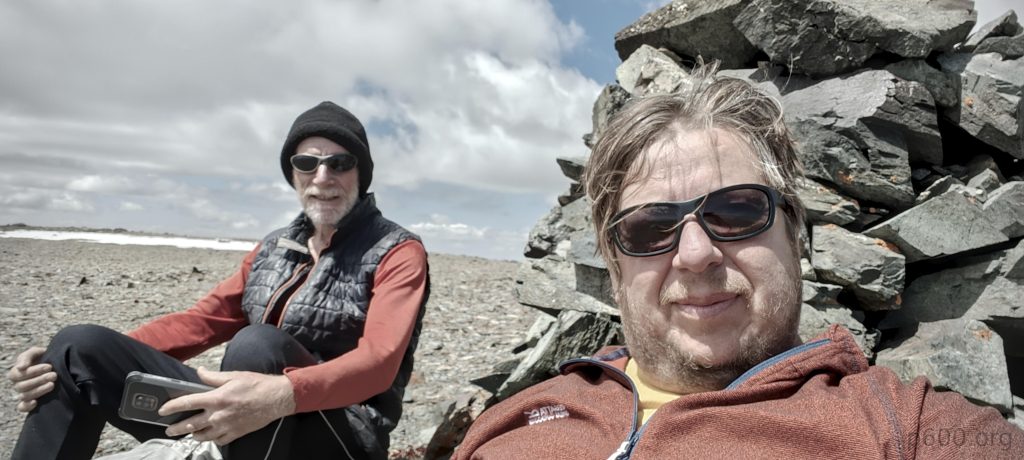

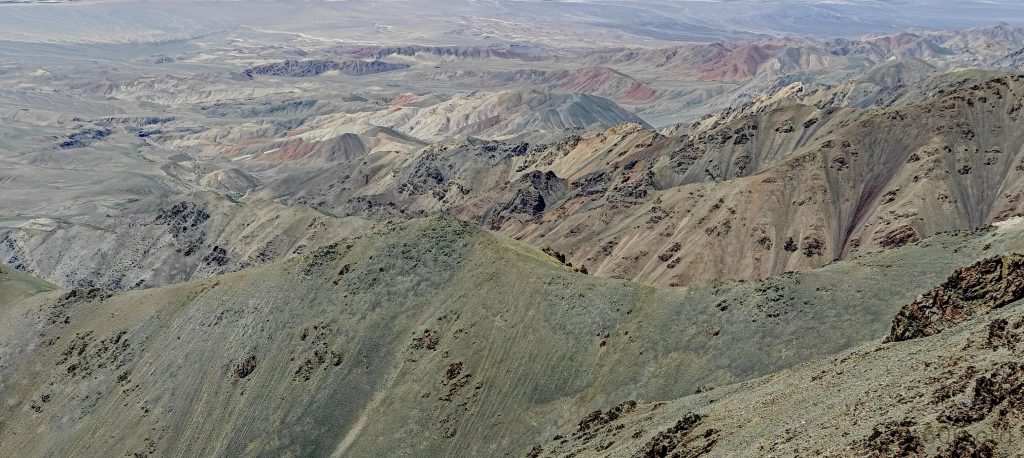
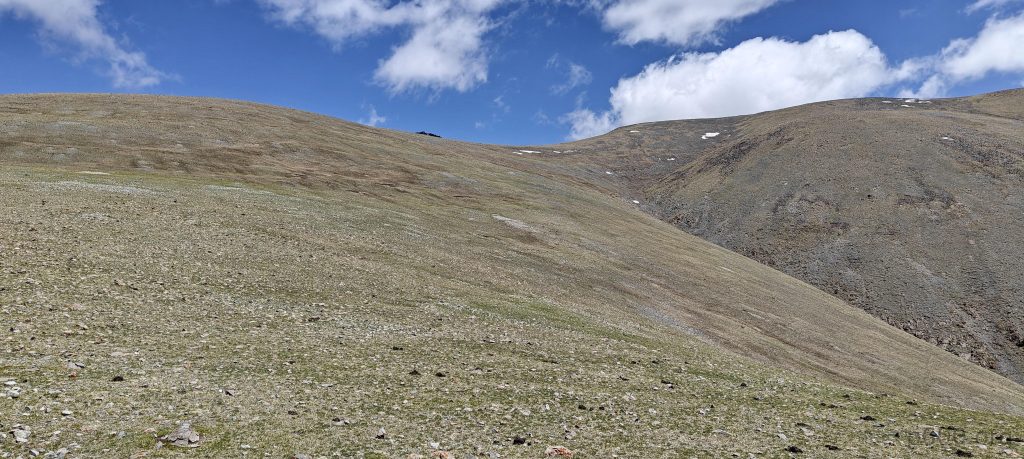
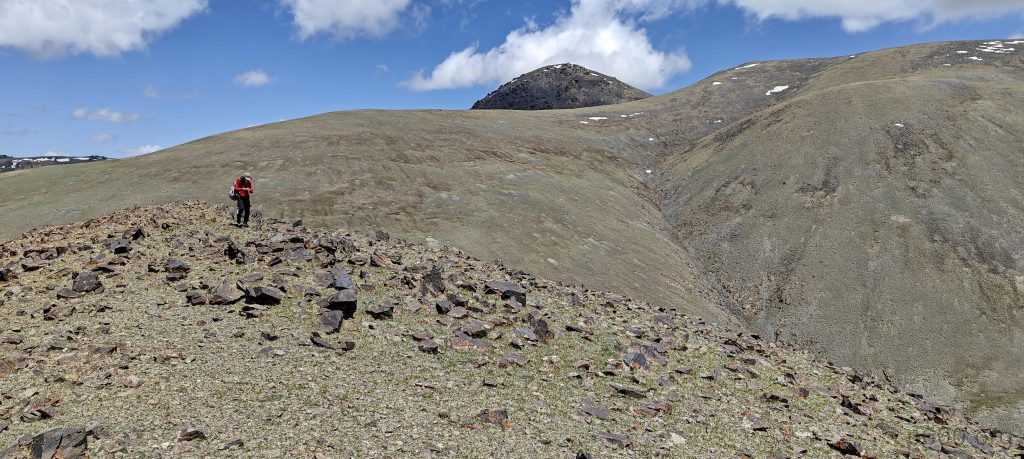
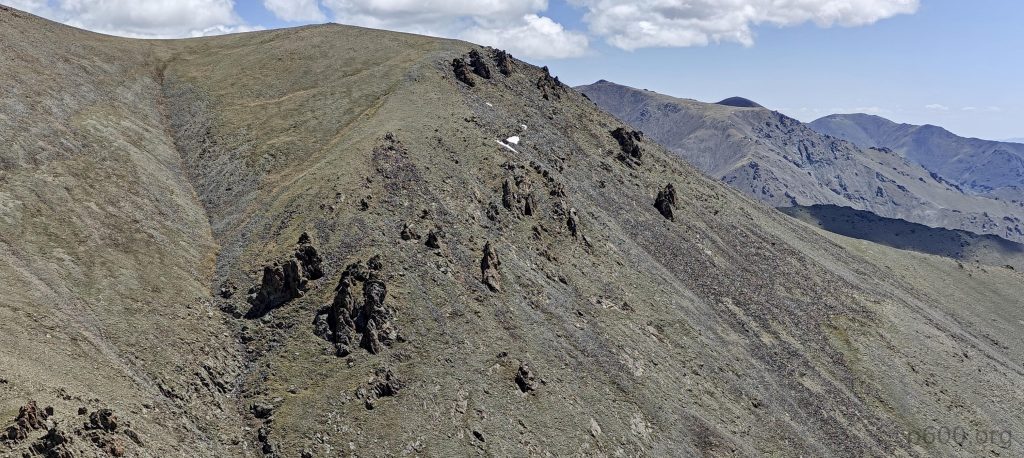
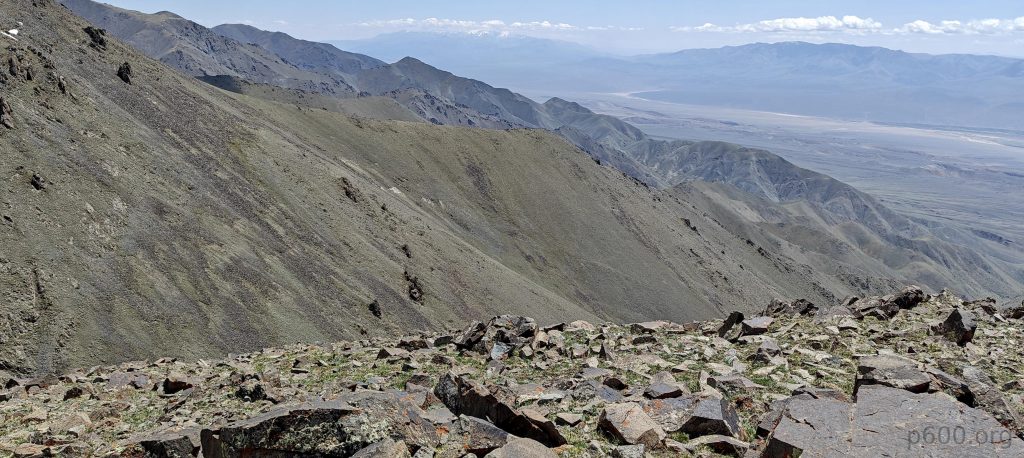
After celebrating with an apple—because that’s how we roll—we begin our descent on a hopefully less boulder-infested ridge. The journey back is a mix of ‘ahh’ moments and ‘ugh’ sections, but we make it back to the car in five and a half hours, ready for another night under the stars.
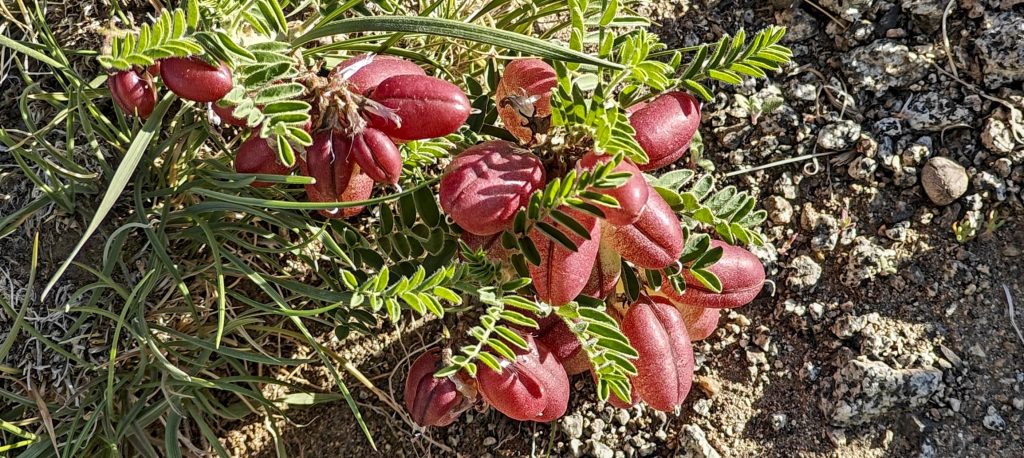
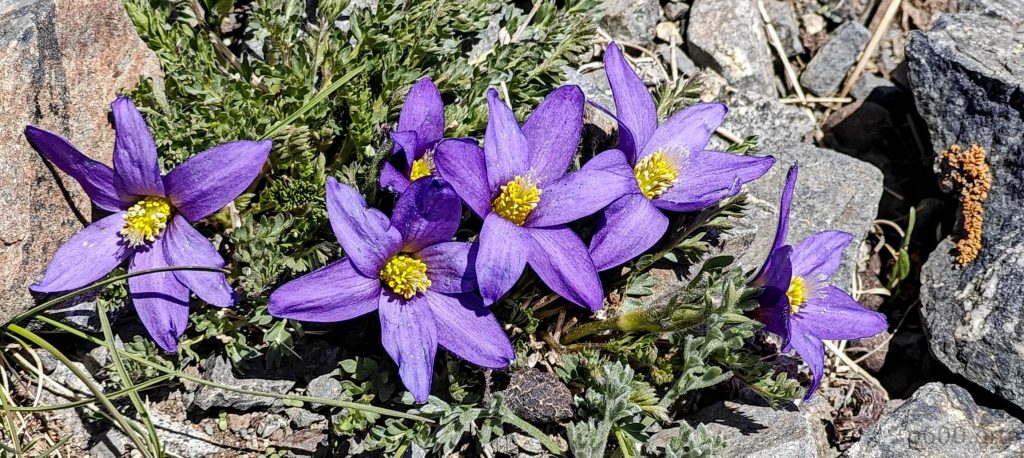
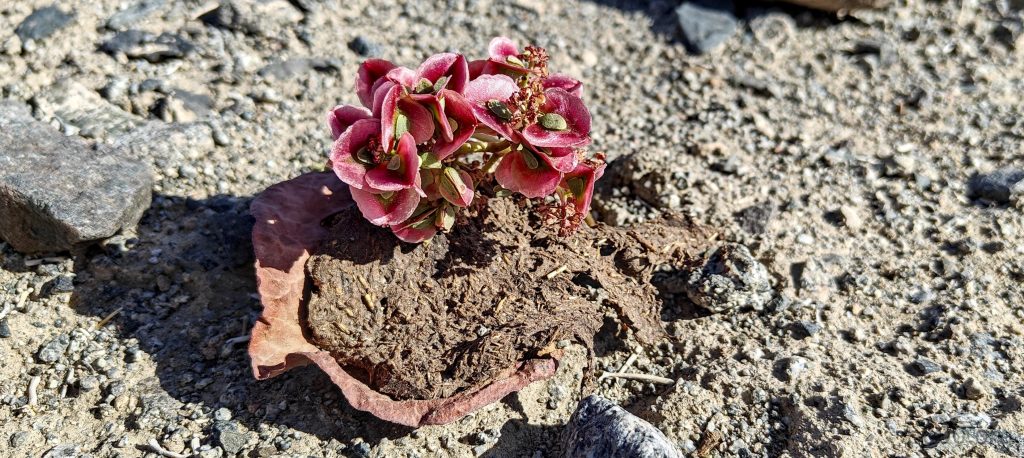
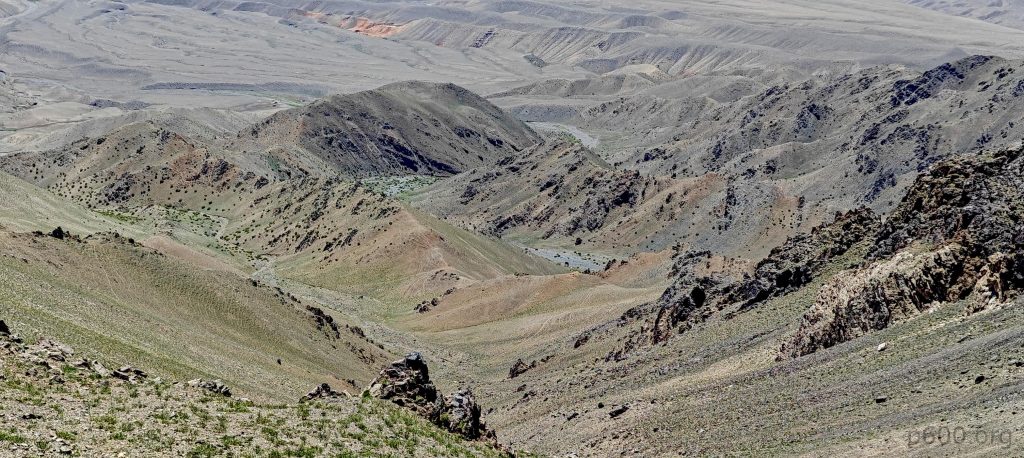
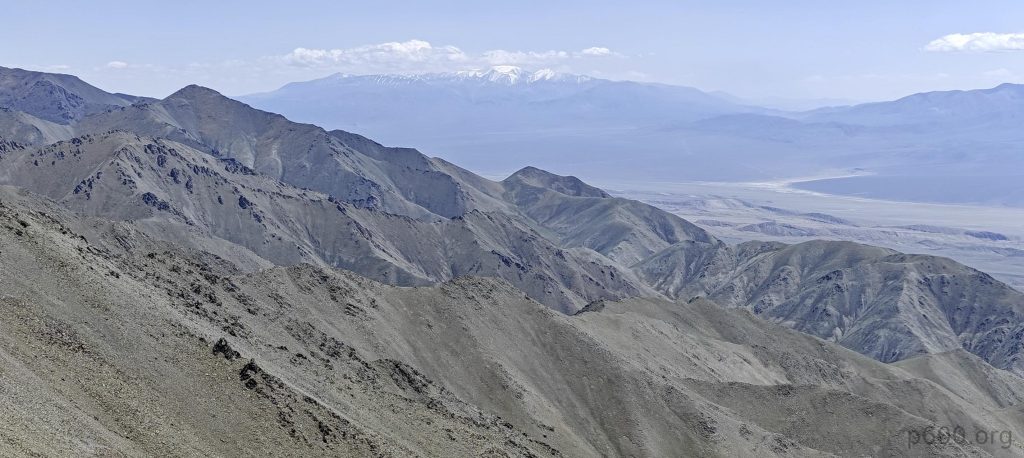
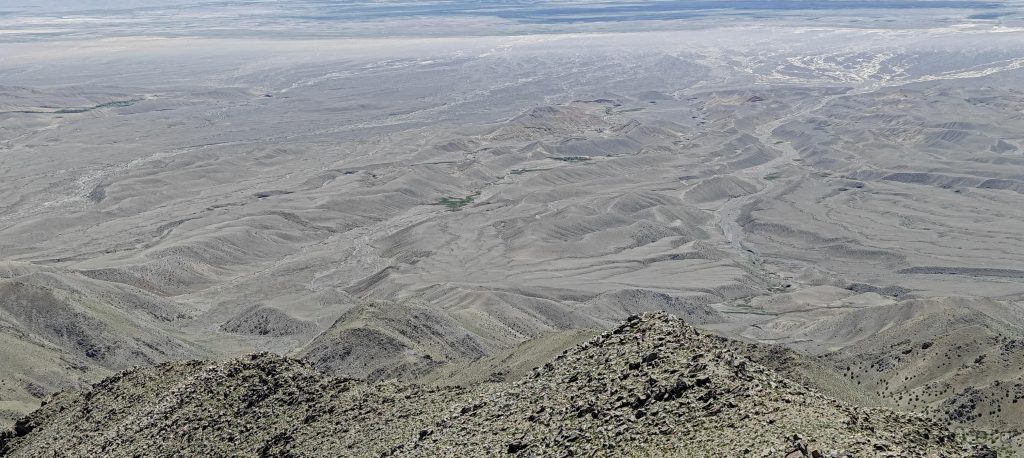
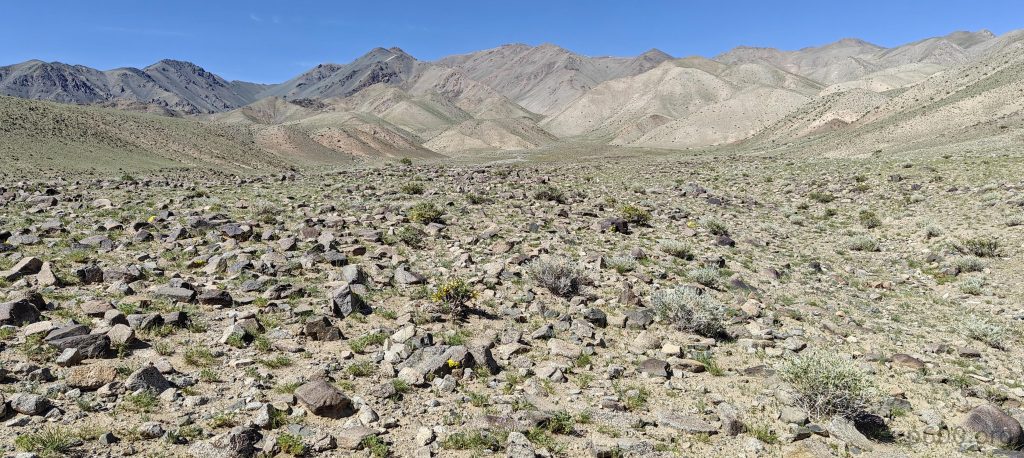
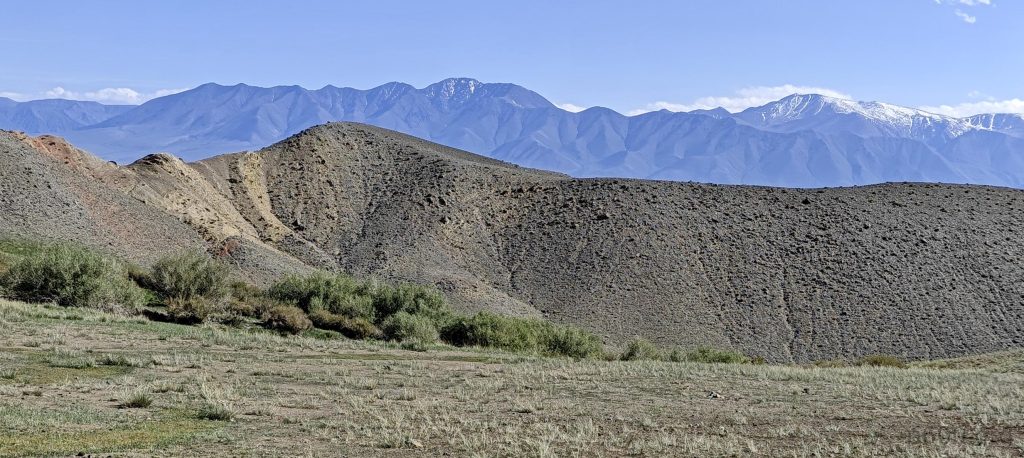
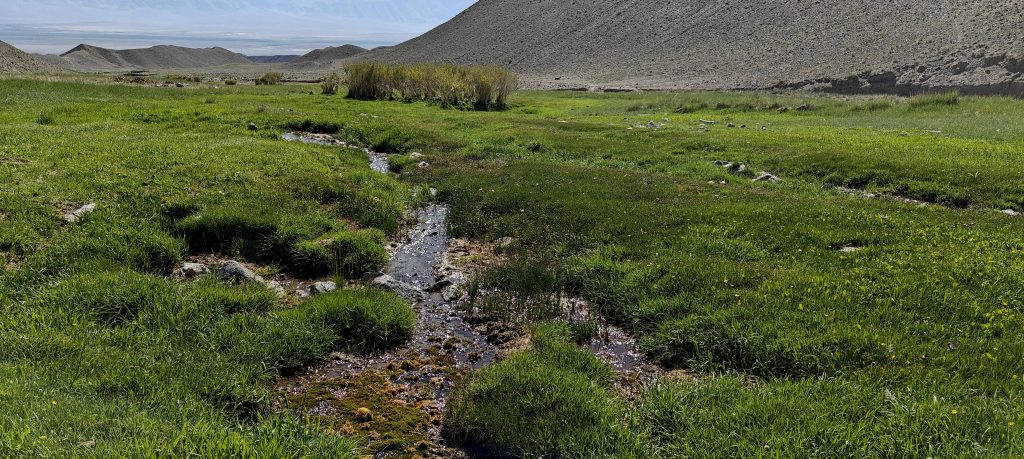

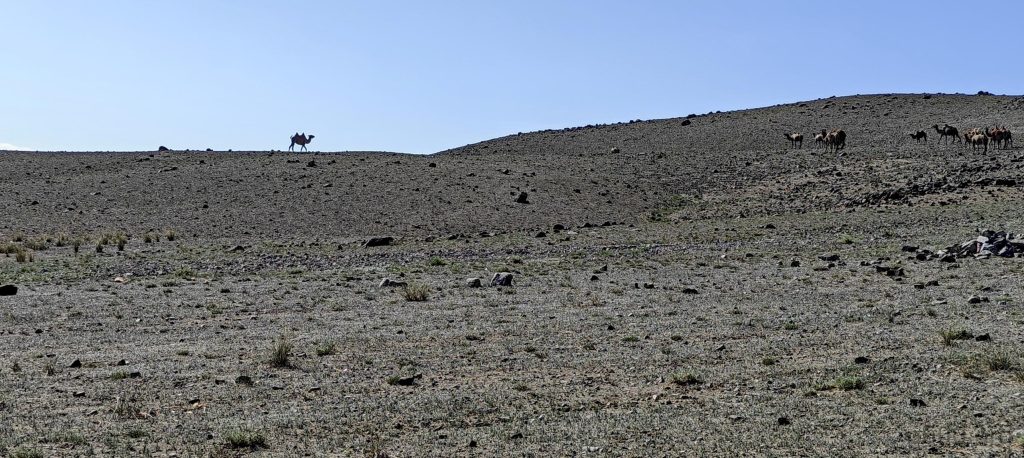
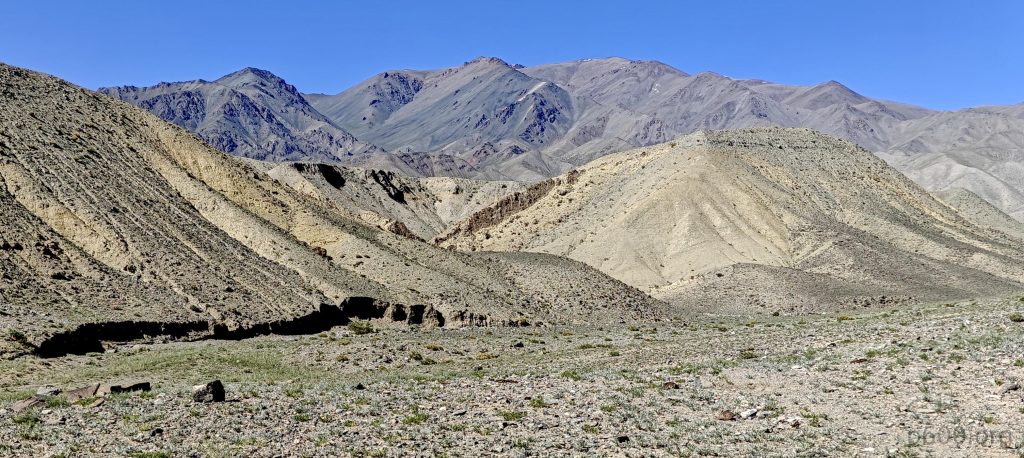
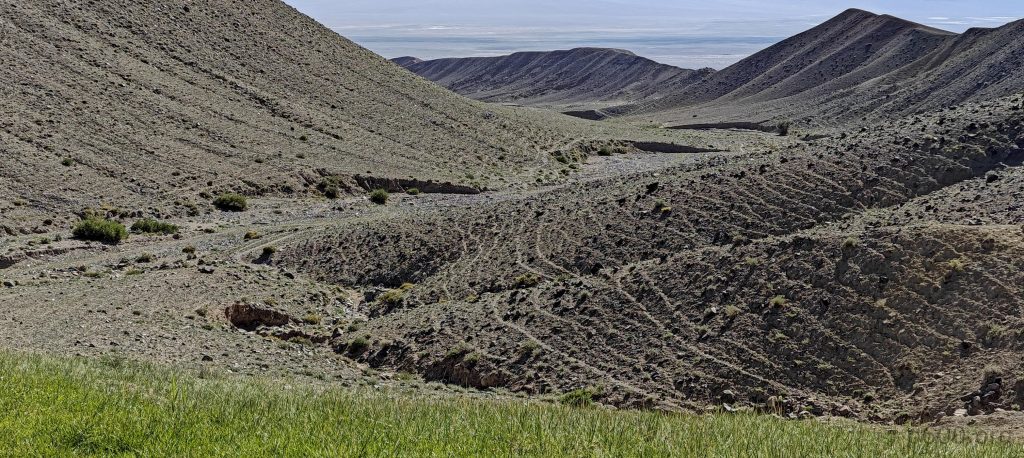
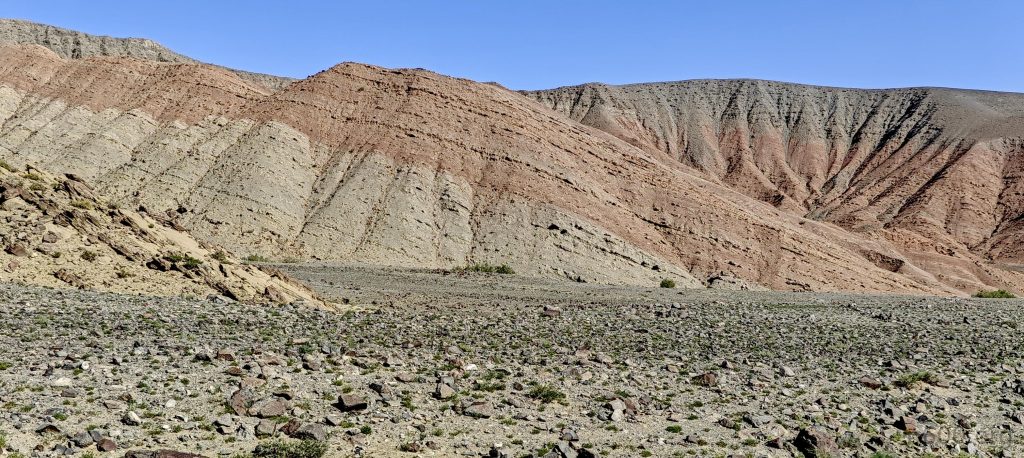
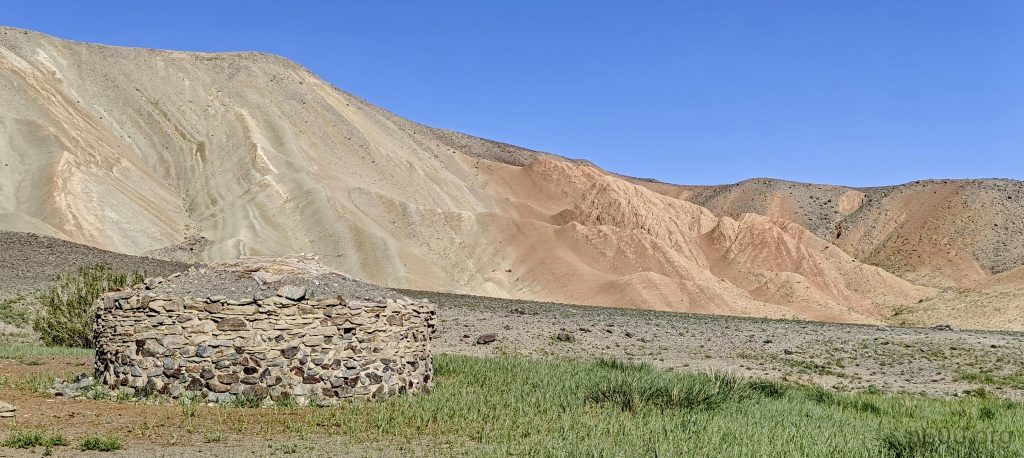
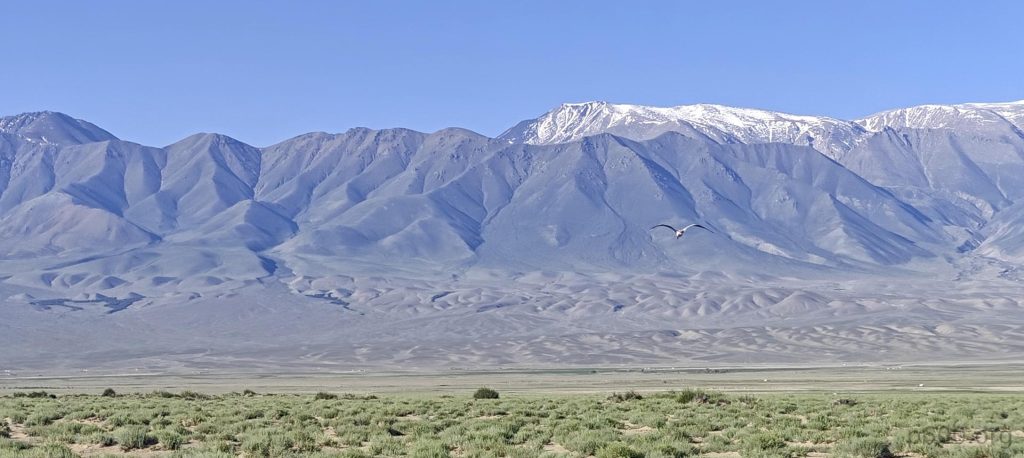
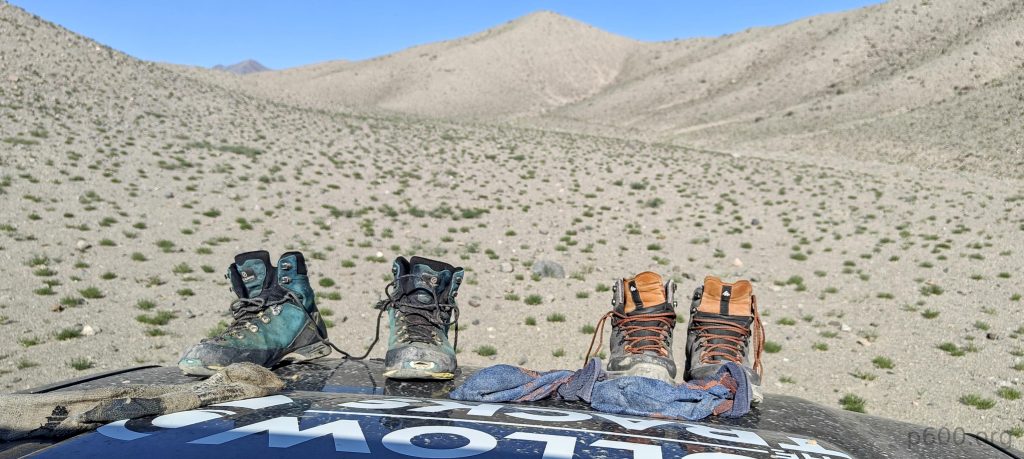
Thirteen hours later, we’re celebrating our fifth Ultra peak, a feat that seemed optimistic at best this morning. Overcoming today’s buffet of uncertainties feels like a win. Tomorrow, we set our sights on Baatar Khairkhan, because why stop now?
